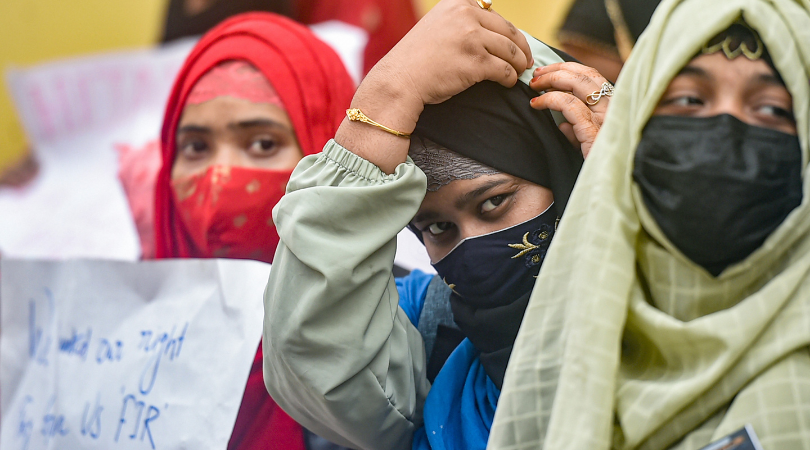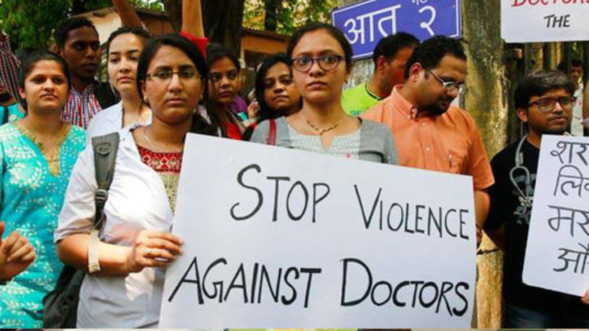
K Raveendran
A coincidence of events, deliberate or otherwise, has forced the issue of uniform civil code to the fore in time for the crucial assembly elections, so as to help BJP with its agenda of polarisation of voters on religious lines, particularly in all-important Uttar Pradesh. And in the process, wittingly or unwittingly, the courts have played a part.
By all available indications, the BJP-ruled Karnataka has contributed to this in no small measure by centre-staging the hijab controversy to prepare the ground for an emotionally surcharged debate on the uniform civil code. Even as the controversy over hijab ban in Karnataka rages, Union Minister Giriraj Singh, known to spit fire when it comes to minority issues, has brought up the issue of uniform civil code, saying the country needs one law that will be applicable to all communities.
Uttarakhand chief minister Pushkar S Dhami has further added to the fire by promising that his BJP government would form a committee to prepare the draft of a uniform civil code for implementation in the state after the current phase of assembly elections.
The saffron elements could not have asked for anything more when the Karnataka High Court issued an interim order, restraining students from wearing any particular form of religious dress, in effect meaning the hijab, over which campuses not only within Karnataka but outside the state as well are boiling over with rage against the arbitrary orders issued by college managements banning the traditional Muslim head scarf, until the court finally settled the issue.
After reports emerged from Telangana, which said students with hijab have been denied entry to some private colleges, more such draconian orders have been reported from states like Rajasthan, which is the latest addition to the hijab flashpoint.
The high court order has been widely described as shocking as it suspends a fundamental right of the students to wear the dress of their choice during the pendency of the dispute, while the general practice is to grant relief to the aggrieved by staying the offending order. On the other hand, the court upheld the order for the duration of the case.
The Supreme Court’s approach to the issue has not been helpful either. While rejecting a demand for urgent hearing of a petition challenging the Karnataka High Court’s interim order, saying it would rather wait for the high court to finally settle the issue, the Supreme Court, however, advised against making hijab a national issue. The court clearly refused to intervene, unmindful of the risk of the issue being hijacked by interested parties for driving their political agenda to derive maximum benefits in terms of electoral politics.
This seems to be in line with the apex court’s often criticised approach of looking away, when confronted with inconvenient questions and situations. But the court had in recent times made great exceptions to bring relief to the people, by effectively intervening and forcing the government to act decisively in cases such as the great reverse migration of workers in the wake of the national lockdown as well as the national vaccination policy of the Modi government, which seemed to favour the corporates rather than the people. The Supreme Court’s intervention in both cases have been historic in the sense that it helped drive home the role of the highest court of the land in ensuring justice to the people when the government of the day had gone astray. The Supreme Court under Chief Justice N V Ramana had particularly won acclaim for its decisive interventions that lived up to the cherished image that people had in their heart about the highest court of the land. The response in terms of hijab has so far been not consistent with such a role. (IPA Service)






